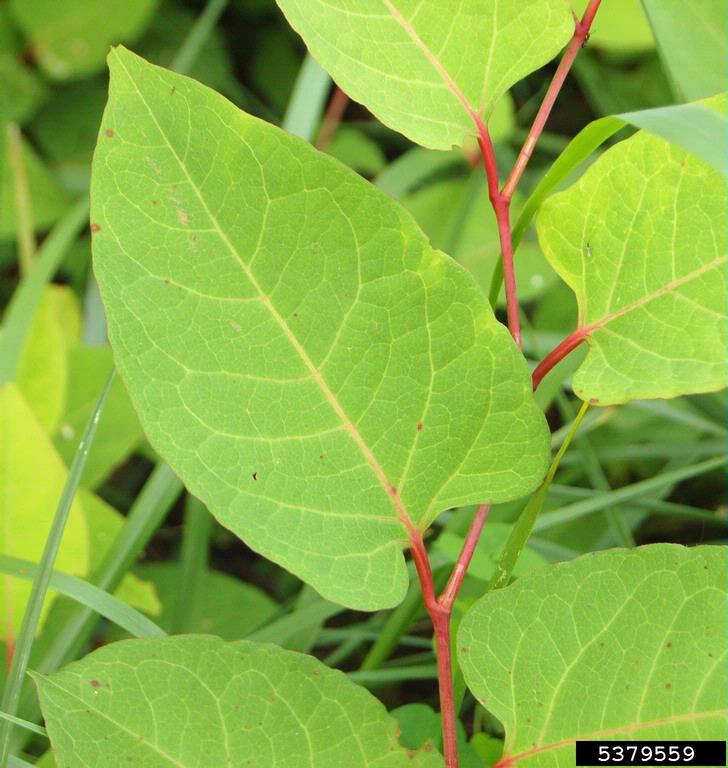
Jan Samanek, Phytosanitary Administration, Bugwood.org

Nanna Borcherdt, Sitka Conservation Society, Bugwood.org

Steve Manning, Invasive Plant Control, Bugwood.org

Leslie J. Mehrhoff, University of Connecticut, Bugwood.org

Leslie J. Mehrhoff, University of Connecticut, Bugwood.org

Jan Samanek, Phytosanitary Administration, Bugwood.org

Jil Swearingen, USDI National Park Service, Bugwood.org

Ken Chamberlain, The Ohio State University, Bugwood.org

James H. Miller, USDA Forest Service, Bugwood.org

Chris Evans, University of Illinois, Bugwood.org

Randy Westbrooks, Invasive Plant Control, Inc., Bugwood.org

Ohio State Weed Lab , The Ohio State University, Bugwood.org

USDA NRCS PLANTS Database , Bugwood.org



















